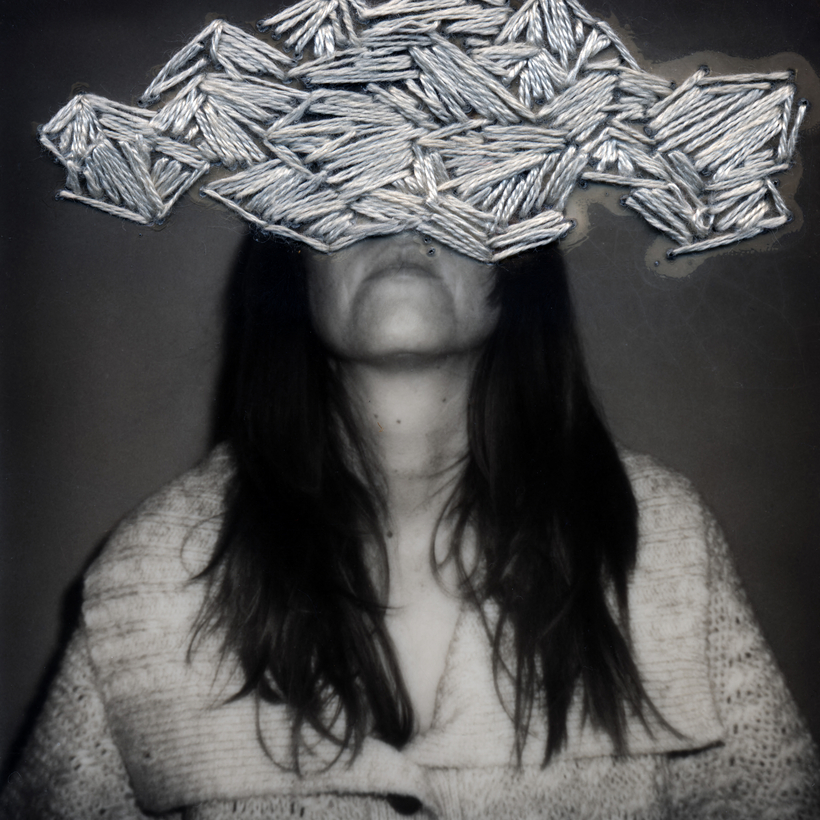For over a decade, Rachel Aviv has written magazine articles about when, why, and how minds go haywire. Now it’s the subject of her first book, Strangers to Ourselves, which looks at six people in different states of psychological distress, all of whom are both helped and damaged by psychiatric wisdom. Together, the case studies tell the modern history of psychiatry.
In the book, that history starts in the 1970s, with Ray, a once successful dialysis-center owner who ended up pacing eight hours a day around the Chestnut Hill psychiatric hospital. He bounced between psychiatric facilities at the moment in medicine when doctors started thinking of mental illness as a biochemical matter and treating it with medicine, rather than as a Freudian mystery to be talked through. Aviv’s scope ranges from a woman in India who believes she’s married to God to a Black woman in America who tries to kill herself and her babies.
The book itself starts with Aviv, in the 1980s, when, at six years old, she became the youngest person to ever be hospitalized for anorexia—although she had no idea what that word meant. Inspired by Yom Kippur, she decided to stop eating and drinking for two days. She didn’t understand what she was doing, or why she was doing it. She couldn’t even count, let alone count calories—and the very concept of calories wasn’t introduced to her until she was in the hospital and doctors assumed that’s why she wasn’t eating.
“For a child, solipsistic by nature, there are limits to the ways that despair can be communicated,” she writes in the book’s prologue. “Children then make adjustments, conscious and unconscious, to the way they’ve been classified. Over time, a willed pattern of behavior becomes increasingly involuntary and ingrained.”
Aviv and I spoke from her home in Brooklyn.
JENSEN DAVIS: When did you start writing Strangers to Ourselves? And did you know it would be a book when you started reporting?
RACHEL AVIV: I had wanted to write something about mental illness since 2012. That year I had written a story for Harper’s about people who were in the early stages of psychosis. I remember having conversations that really changed the way I understood mental illness. One of the most common refrains was people expressing a kind of despair that they couldn’t actually communicate what the experience of mental illness was like.
After that story, I got a letter from this person who said that he had thought the experience of psychosis was unique to him, and that he had no idea that millions of people were having that experience, too. That made me feel like there was a human experience that hadn’t been written about much.
It wasn’t until I was writing the story for The New Yorker about Swedish children who stopped eating and moving when their applications for asylum were denied that I started thinking about my own story and the ways in which distress can take different forms. I became curious about the vessel; we have this core thing of distress, but how do stories, our culture, and explanations change the way that distress manifests? That became, like, the guiding question. But I really didn’t feel like I actually understood what my book was about until two weeks before I turned in the final draft.
J.D.: The people in the book are talking about horrifying experiences. How did you approach them about talking so openly about something personal to someone they didn’t really know?
R.A.: Ultimately, they did feel like they knew me. It started slow. I also wrote about people who wanted to tell a story and felt like they had a story to tell that was important for a larger conversation. They were motivated for their own reasons as well, which I appreciated. It wasn’t me convincing them.
J.D.: Most of your work is reported pieces—I don’t think I’ve ever read anything of yours that’s personal. Is this the first personal writing that you’ve published?
R.A.: Yeah.
J.D.: It reads like you approached your own life the way you approached your other subjects’ lives. I was struck by how even-tempered you were about your psychiatric experiences, and how you wrote about your own diaries the way you did other subjects’ writing.
R.A.: I think that’s why I was able to do it—otherwise I probably wouldn’t have felt as comfortable doing it. It did feel like I was reporting, like I was this strange, mysterious six-year-old. First of all, any six-year-old’s mind is a black box. But now I’m 30 years away from that six-year-old, so I’m just going to use whatever shreds of evidence I have to piece it together.
J.D.: At some point in the book, you write that your mom had suggested the two of you write a book together about your time in the hospital, and that you found the idea embarrassing. What do you think of it now?
R.A.: There’s a really, really good essay by Alice Gregory [in The New Yorker] about how writing about anorexia is boring. There is something fundamentally clichéd about being an anorexic girl in my situation.
Secondly, I didn’t have any opinions about it. It was just, like, this weird freak thing happened to me that’s very much not part of my life anymore. Later on, when I knew a lot more about psychiatry—and I’m sure my interest in psychiatry was shaped by that early experience—I saw my experience through a new lens, and that made it feel less “boring.” It no longer felt like a stale topic about a certain type of girl in the late 80s.
J.D.: For me, one really shocking thing in the book was when Surgeon General David Satcher invoked Descartes when he gave a press conference about mental health in 1999. That is something I can’t imagine a government official saying now. A lot of the discussion around mental health is now self-help jargon on social media.
One question in the book is how much does being told you have a disease or disorder dictate how you behave and feel. A diagnosis comes with a set of expected symptoms, and a way that you, and other people, anticipate how you will behave. I’m wondering what you think the proliferation of mental-health-speak on TikTok or Instagram means for people?
R.A.: There was some interesting study about tics. Someone had developed tics—a popular person on TikTok—and then people all over the country had developed those tics as well.
It’s a confusing thing because, for some people, that gives you permission to talk about your experience and not feel like you’re the only one. That can be really liberating and healing. There’s also this other side of it, [mental illness] becoming reified. You were offered a lens through which to see a particular struggle you’re having, and maybe that lens sort of leads you down a path of taking medications. Medications are real things that affect your body and have side effects.
My feeling on explanations for illness and diagnosis is that it’s just very unpredictable how that explanation will shape someone. We tend to assume that it’s always for the good, and I don’t think that’s true.
J.D.: The book describes changes in the history of psychiatry, and how the field is constantly changing. How do you think the approach to patients today should evolve?
R.A.: First of all, there’s the issue of time. Our health-care infrastructure isn’t set up in a way that rewards doctors for spending a lot of time with their patients. Obviously, developing relationships is healing in ways that get neglected. But I also think it doesn’t have to be an expert.
Something I was struck by is more horizontal relationships, like with a librarian, or with a friend who has the same diagnosis. To me, there’s a sense of loneliness that people describe, of not being understood or not feeling like they can communicate. It’s so basic in some ways, but I think it is the most dissolved, diluted truth of psychoanalysis: basically, you have a friend. The [psychoanalyst] is not supposed to be your friend, but you have a person that really tries to understand and hear what was happening to you.

Strangers to Ourselves: Unsettled Minds and the Stories That Make Us, by Rachel Aviv, is out now from Farrar, Straus and Giroux
Jensen Davis is an Associate Editor for Air Mail


